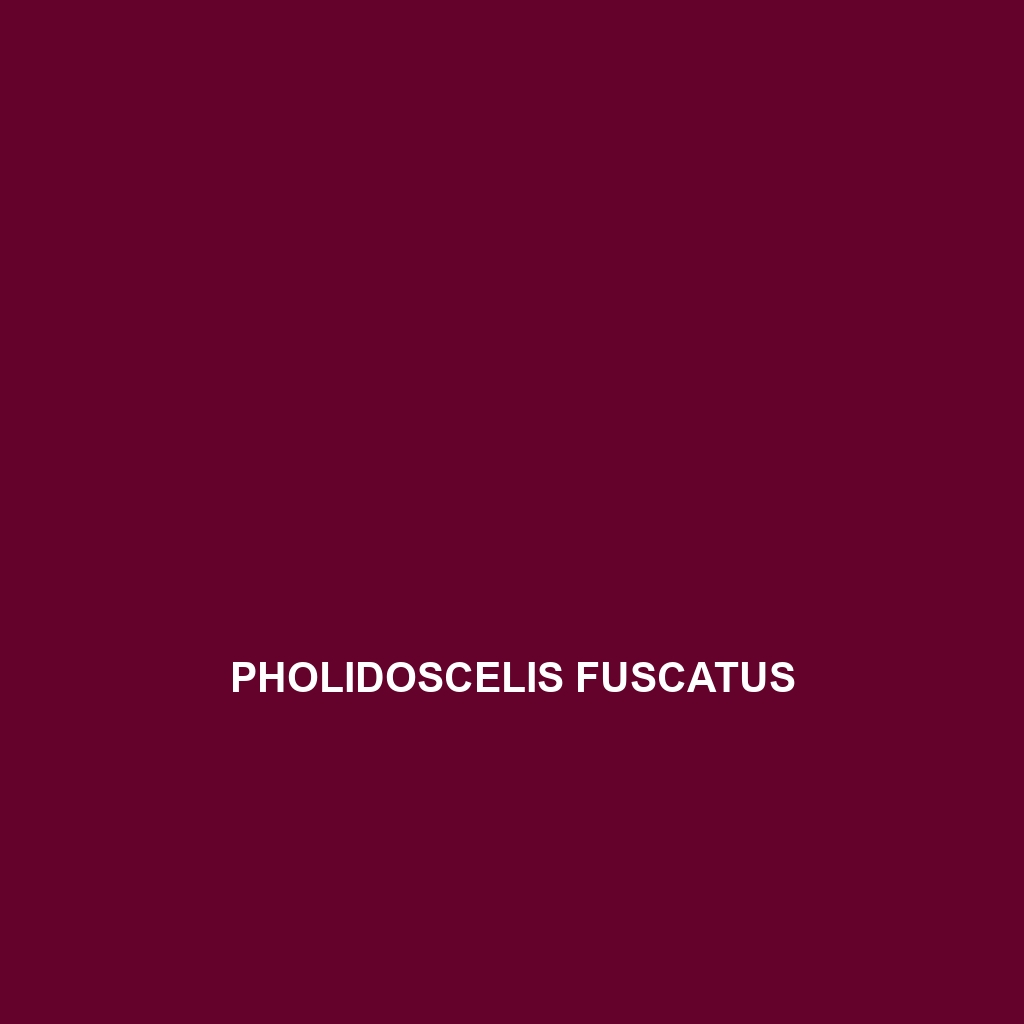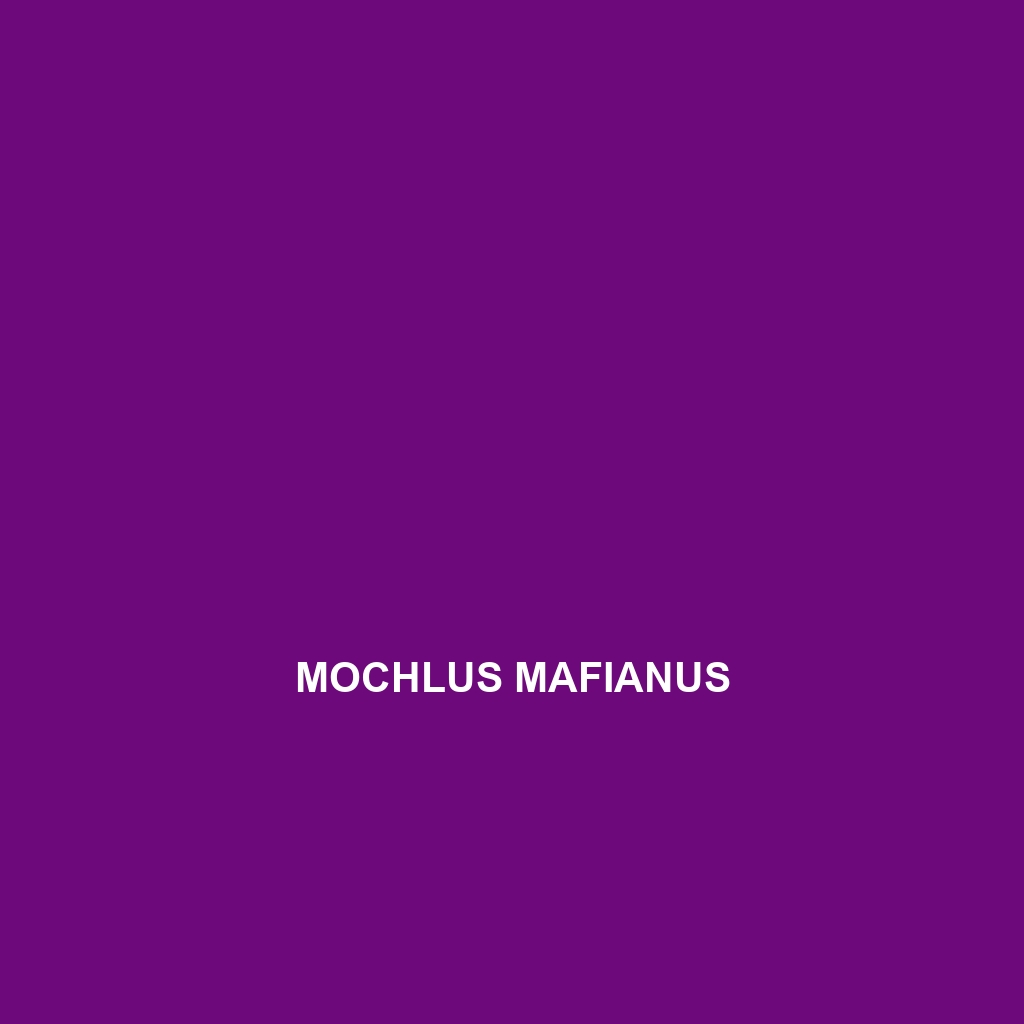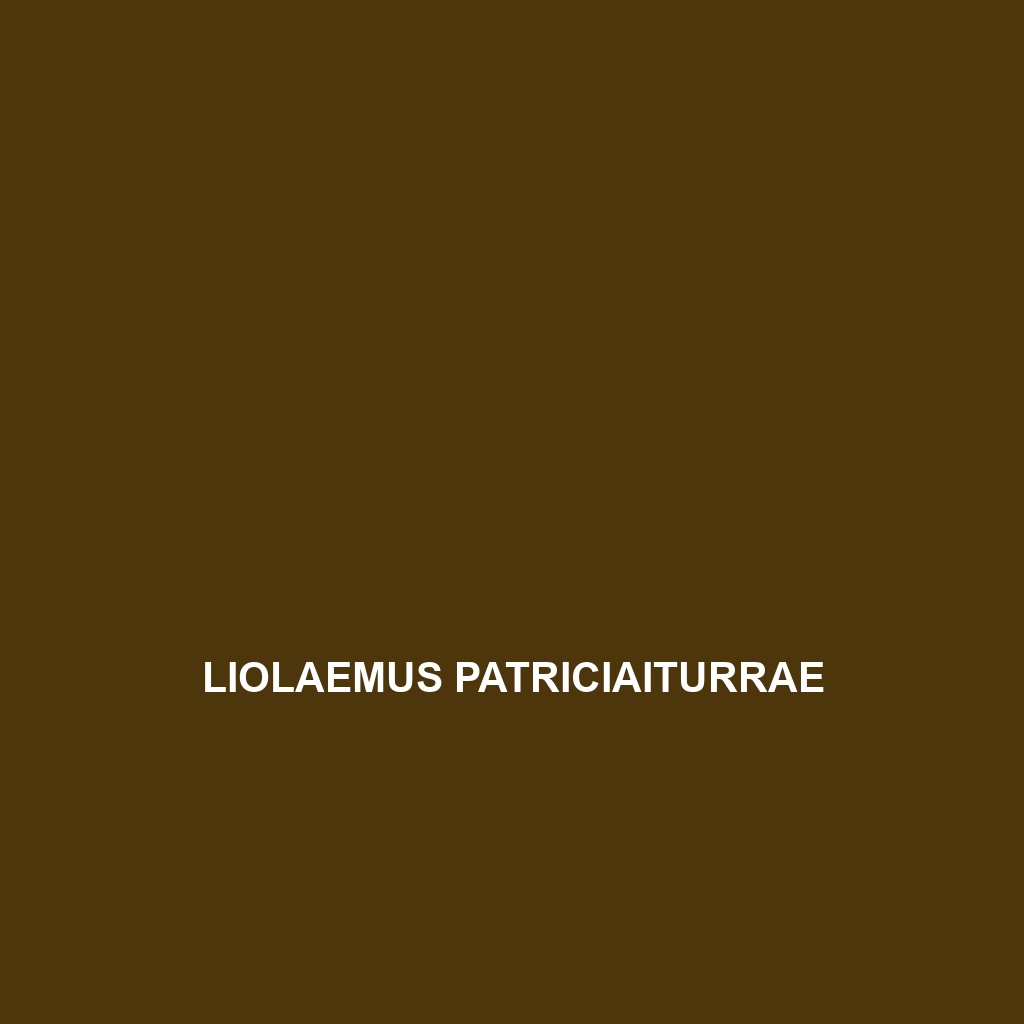Discover the captivating Sphenomorphus microtympanum, a small to medium-sized lizard from Southeast Asia, known for its striking mosaic coloration and agile movements among rainforest leaf litter. This diurnal insectivore plays a vital role in controlling insect populations, while showcasing unique courtship displays during the rainy season.
Tag: sexual dimorphism in reptiles
Phymaturus videlai
<p><b>Phymaturus videlai</b>, a vulnerable lizard species native to the arid Patagonian steppe of Argentina, features a robust body measuring 15 to 20 cm. It primarily feeds on insects and plays a crucial ecological role by regulating insect populations while adapting to harsh climates through unique thermoregulation behaviors.</p>
Pholidoscelis fuscatus
Introducing the brown anole (<i>Pholidoscelis fuscatus</i>), a fascinating lizard known for its vibrant dewlap and adaptive behavior, thriving across the Caribbean's diverse habitats. This diurnal omnivore plays a crucial role in pest control and biodiversity, making it an essential component of its ecosystem.
Oligosoma kokowai
Discover the vibrant Oligosoma kokowai, or red-skink, native to the temperate forests of New Zealand, characterized by its elongated body, striking red to brown coloration, and unique ovoviviparous reproductive method. This agile insectivore plays a vital role in its ecosystem by regulating invertebrate populations and serving as prey for larger predators.
Mochlus mafianus
The Mochlus mafianus, or Mafia Island skink, is a medium-sized, diurnal skink native to Tanzania's coastal and forest habitats, characterized by its smooth, shiny scales and ability to reach lengths of up to 25 cm. This species plays a vital role in its ecosystem, exhibiting fascinating behaviors, such as color change and territorial marking, while primarily feeding on insects, fruits, and plant matter.
Liolaemus pictus
Discover the vibrant Liolaemus pictus, a diurnal lizard native to the temperate forests and savannas of Argentina and Chile. This insectivorous species features a slender body measuring 10 to 15 cm, adorned with brown, green, and tan hues that provide excellent camouflage in its natural habitat.
Liolaemus patriciaiturrae
<li><b>Liolaemus patriciaiturrae</b>, a medium-sized lizard native to southern South America's temperate forests, exhibits vibrant coloration in males and plays a crucial role as an insectivore in its ecosystem, aiding in insect population regulation.</li>
Gekko kaengkrachanense
<b>Gekko kaengkrachanense</b> is a striking, nocturnal gecko native to the rainforests of Kaeng Krachan National Park in Thailand, known for its vibrant coloration and specialized adaptations for arboreal living. This species primarily feeds on insects and plays a crucial role in maintaining ecological balance within its habitat.
Furcifer cephalolepis
Discover the stunning Furcifer cephalolepis, a vibrant Madagascar chameleon known for its unique helmet-shaped head, remarkable color-changing abilities, and fascinating insectivorous diet. Thriving in the lush rainforests, these solitary reptiles play a crucial role in their ecosystem by regulating insect populations while exhibiting captivating mating displays.
Darevskia tuniyevi
Darevskia tuniyevi, a vulnerable lizard species from the Caucasus Mountains known for its slender body, distinctive dark stripes, and vibrant blue throat in males. Primarily diurnal and insectivorous, this agile species plays a crucial role in its ecosystem through pest control and serves as a prey source for larger predators.









